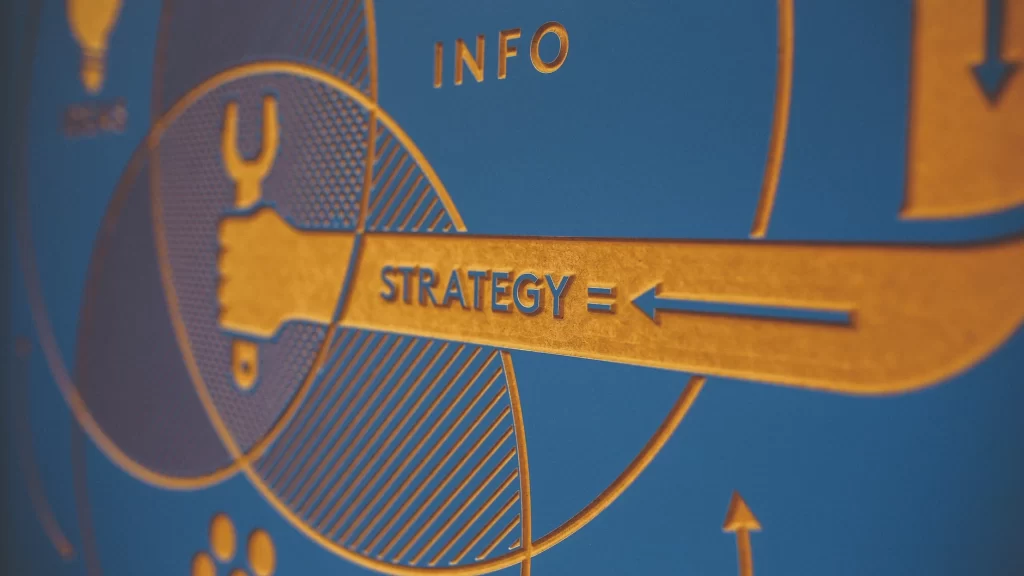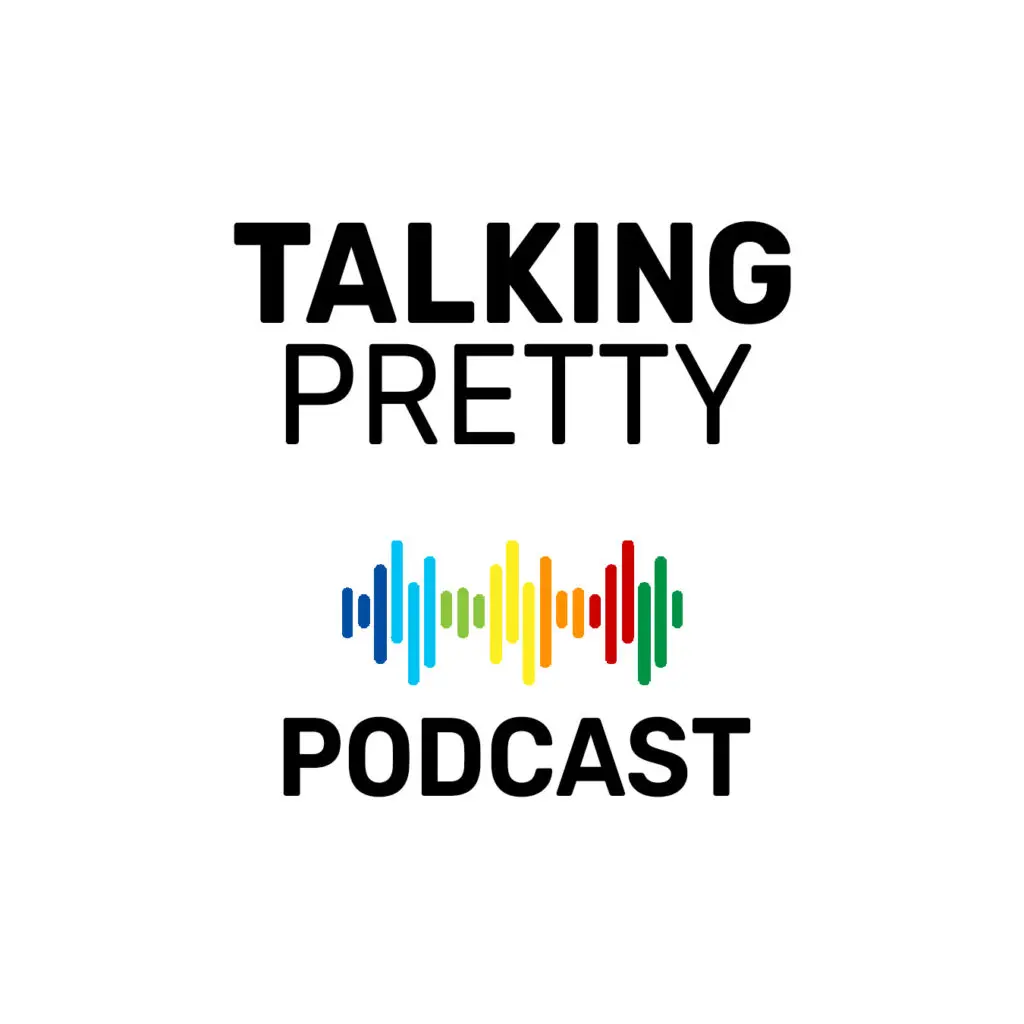Recently, my husband and I decided to head to the theatres for a movie. More out of our love for cheese popcorn than for the movie itself. Within 30 minutes of settling down, we knew we were in for a rough time! There was a half-baked narrative, a malfunctioning air conditioner, and even a smoke alarm that sent everyone into a frenzy. And yet, there was a far greater nuisance: 17 notifications to help ‘enrich’ our movie-going experience from the cinema. We scooted!
Of course, there is a desperation among cinemas as well as other brick-and-mortar outlets, including fashion brands, to recoup their losses from the pandemic. And this form of marketing is employed by most in spite of an online presence. But how much good is it really doing them?

Deriving profits while doing good can often be a complex challenge if your organisation is generally under constant pressure to generate financial outcomes for shareholders, owners, investors and governments. And while the boundaries of morally-permissible marketing practices keep wavering and goalposts keep shifting, conventional marketing practices have the potential to hurt our sense of self, not just as individuals, but also as communities and societies. Hence, the case to explore more innovative ‘positive marketing’ approaches.
What is Positive Marketing?
Simply put, positive marketing is engaging in marketing practices that ensure sustained positive outcomes for all stakeholders: The individual consumer, society as well as the environment, without denting profits. Positive marketing enables brands to cater to consumer needs in a more subtle, less forceful but engaging way, mostly by embracing the philosophy of resource conservation. Take, for example, Tamarind Chutney. The contemporary clothing brand has built an over 15,000-strong community on social media, through creating a channel for conscious conversations. They’re selling sustainability and, in the process, they’re selling the garments they make.
What’s wrong with conventional marketing strategies?
Conventional marketing can negatively affect personal as well as collective well-being, by inducing human and environmental degeneration. Here’s how:
Capitalizing on information asymmetry: Brands prey on vulnerable consumers who are unable to resist marketing seduction. They also often conceal facts that may jeopardize the consumer’s health. In the fashion industry, they misuse glossy facades to mask unethical, exploitative production practices.
Lack of corporate disclosures: Far too often, brands are simply cashing in on the sustainability narrative by talking about their ideas for going green, committing to environmental or social causes without any intention of ever living up to any if it. The easiest thing for them to do is engage in window dressing practices like greenwashing or blue-washing.

Promoting linear, wasteful consumption: Most marketing tactics encourage instant gratification and notions of happiness via consumption. Advertising conspicuous consumption fuels superficial material desires and perpetuates a vicious credit-consumption cycle. And then, there are deceptive pricing strategies, such as marking up product cost only to feign greater discount offers, and planned obsolescence.
Intrusive promotion practices: Community spaces are bombarded with advertising, whether it’s the roadside, the lift in your building or your phone browser.
Impinging on consumer well-being and security: Much has been said about how modern marketing has propagated unrealistic notions of human appearance, which, in turn, has led to host of mental health issues, including anxiety, depression and body dysmorphia. Not to mention how they covertly defy privacy norms through online data collection.
The way ahead for brands
Appreciating consumer sensibilities is inherent to building a sustainable business. Given today’s better-informed consumer base, trust violations, including unmet expectations, have a spill-over effect on the brand’s other products as well as on long-term reputation. So how can you, as a brand, ensure consumer trust? Here are a few ways:
Co-create brand ideology with consumers: By inviting and facilitating consumers’ inputs, you can build a sustainable marketing ideology that’s in touch with the times, while also taking care of the needs of future generations.
Be proactive: By venturing beyond existing assumptions of consumer needs and preferences, you will find yourselves in a better position to innovate and broaden product features, while addressing key ethical challenges. Consider putting yourselves out there, to better understand marketing practices that tend to trigger consumer resistance.

Build loyalty and trust: Valuing customer feedback and engaging in voluntary disclosure of product information are key to building consumer trust.
Be transparent: Following ethical standards of pricing and production, while mentioning as much in clear terms, doesn’t put pressure to consume on the customer, making for a positive buying experience—one that your customer would like to relive.
Build problem-solving campaigns: Using your voice and platform to generate awareness and raise issues will help engage not just individual consumers but entire communities.

Where to start?
Listen, listen, listen!
Encouraging and engaging in dialogue with your existing and potential customer base is critical to kickstarting your positive marketing journey. Creating a culture where consumers engage in critical commentary on your brand helps important matters come to the forefront. It also helps you identify new avenues for marketing. Even a broader criticism can allow you to interpret and innovate.
While addressing the action-intention gap might still prove a sticky point, learning to embrace rather than fighting criticism will help drive marketing innovation that focuses on viable means for social, economic and environmental progress.






